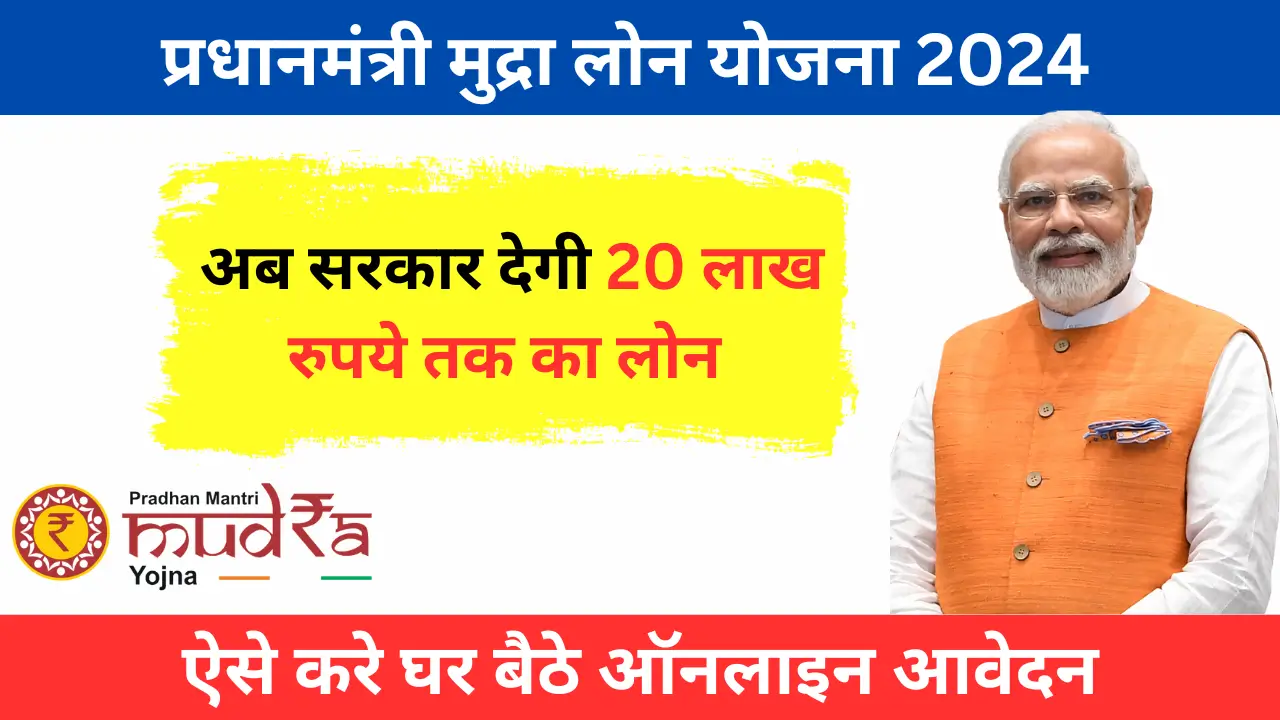The Indian government has ushered in a significant change in the pension landscape with the introduction of the Unified Pension Scheme (UPS) in 2024. This groundbreaking initiative aims to provide enhanced financial security and stability to government employees in their post-retirement years. Approved by the Union Cabinet on August 24, 2024, the UPS is set to benefit approximately 23 lakh central government employees when it comes into effect on April 1, 2025.
The UPS represents a paradigm shift from the existing National Pension System (NPS), offering a more secure and predictable pension structure. It addresses many of the concerns raised by government employees over the years, particularly regarding the market-linked nature of the NPS. With its promise of assured pension, family pension, and inflation protection, the UPS is poised to revolutionize retirement planning for government servants.
What is the Unified Pension Scheme?

The Unified Pension Scheme (UPS) is a comprehensive pension framework designed to provide financial security to government employees after retirement. It aims to consolidate and streamline various pension schemes under a single umbrella, ensuring uniformity, efficiency, and better management of pension funds.
Key features of the UPS include:
- Assured Pension: Employees are guaranteed a pension equal to 50% of their average basic pay drawn over the last 12 months before retirement, provided they have completed at least 25 years of service.
- Minimum Pension Guarantee: A minimum monthly pension of Rs. 10,000 is assured for employees who have completed at least 10 years of service.
- Family Pension: In the event of an employee’s death, their family is entitled to 60% of the employee’s pension.
- Inflation Protection: The scheme includes provisions for inflation indexation to protect the purchasing power of pensions.
- Lump Sum Payment: Employees receive an additional lump sum payment at retirement, calculated as 1/10th of their monthly emoluments for every completed six months of service.
Eligibility Criteria for UPS
- Central government employees who joined service on or after January 1, 2004, are eligible for UPS.
- Employees must have completed a minimum of 10 years of qualifying service to be eligible for pension benefits.
- For full benefits (50% of average basic pay), employees must have completed at least 25 years of service.
- Existing NPS subscribers and future employees have the option to choose between UPS and NPS.
- State governments can also opt to implement UPS for their employees.
Benefits of the Unified Pension Scheme
Assured Pension
- Employees with 25 years of service receive 50% of their average basic pay as pension.
- For those with 10-25 years of service, pension is calculated proportionately.
Minimum Pension Guarantee
- A minimum monthly pension of Rs. 10,000 is assured for employees with at least 10 years of service.
Family Pension
- 60% of the employee’s pension is provided to the family in case of the employee’s death.
Inflation Protection
- Regular inflation indexation ensures that the pension’s value is maintained over time.
Lump Sum Payment
- Additional payment at retirement, calculated as 1/10th of monthly emoluments for every six months of completed service.
Increased Government Contribution
- Government’s contribution increases from 14% to 18.5% of the employee’s salary.
UPS Pension Calculator
- For 25+ years of service:
Pension = 50% of average basic pay of last 12 months - For 10-25 years of service:
Pension = (Years of service / 25) * 50% of average basic pay of last 12 months - Minimum assured pension: Rs. 10,000 per month
Example calculation:
| Years of Service | Average Basic Pay (last 12 months) | Pension Calculation | Monthly Pension |
| 30 years | Rs. 50,000 | 50% of Rs. 50,000 | Rs. 25,000 |
| 20 years | Rs. 40,000 | (20/25) * 50% of Rs. 40,000 | Rs. 16,000 |
| 15 years | Rs. 30,000 | (15/25) * 50% of Rs. 30,000 | Rs. 9,000 (raised to minimum Rs. 10,000) |
UPS vs NPS: A Comparative Analysis
- Pension Amount:
- UPS: Guaranteed 50% of average basic pay (for 25+ years of service)
- NPS: Depends on market-linked returns, no guaranteed amount
- Risk Factor:
- UPS: Low risk, assured pension
- NPS: Market-linked, subject to market fluctuations
- Government Contribution:
- UPS: 18.5% of employee’s salary
- NPS: 14% of employee’s salary
- Employee Contribution:
- UPS: 10% of basic salary + DA
- NPS: 10% of basic salary + DA
- Flexibility:
- UPS: Fixed pension structure
- NPS: Offers investment choices and partial withdrawal options
Implementation and Future Outlook
The UPS is set to be implemented from April 1, 2025. Here are some key points regarding its implementation:
- All central government employees joining service on or after April 1, 2025, will automatically be enrolled in UPS.
- Existing employees under NPS can choose to switch to UPS.
- State governments have the option to adopt UPS for their employees.
- The scheme is expected to cost the government an additional Rs. 6,250 crore annually.
The introduction of UPS is likely to have far-reaching implications for retirement planning in India. It addresses many of the concerns raised by government employees and unions regarding the market-linked nature of NPS. By providing a guaranteed pension and inflation protection, UPS aims to ensure financial security for retirees.
However, the scheme also raises questions about its long-term fiscal sustainability. As more employees opt for UPS, the government’s pension liabilities are likely to increase significantly. This could potentially impact future budgetary allocations and fiscal planning.


